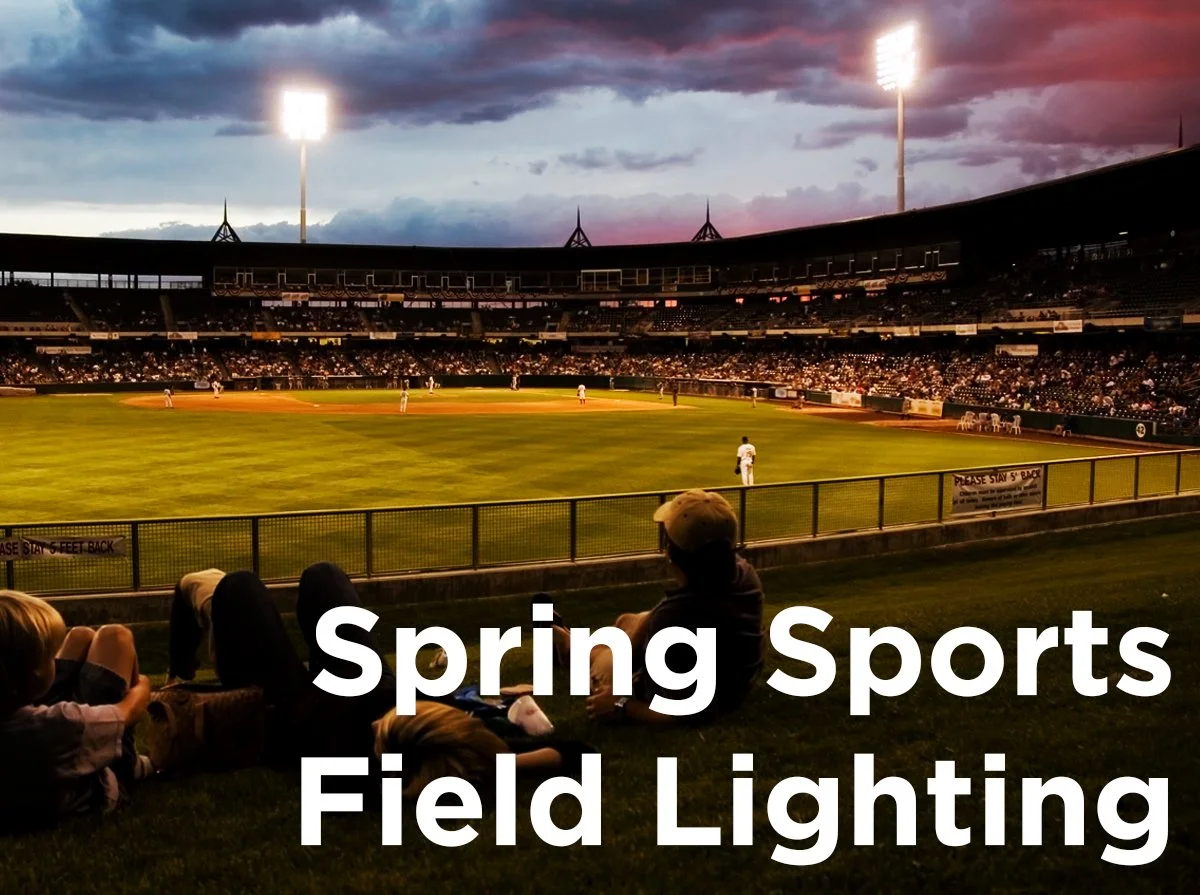Increase Productivity with Task Lighting
It’s time to put the years of lighting for desks and screens behind us and usher in an era of lighting for people instead. As opposed to general overhead lighting, task lights provide illumination on a small area of workspace. This includes desk lamps, reading lamps, and under-cabinet lights found in some cubicles. Task lighting not only saves money by lighting only the areas in use, it’s also worth one point towards LEED certification. Task lighting and individual controls have been shown to increase employee satisfaction and engagement by giving them control over their space.
Individual control is especially important for buildings utilizing hot-desking, the office version of musical chairs. Instead of assigned desks, employees rotate around different spaces (a desk, conference room, laptop in a communal area) throughout the day and week. As you can imagine, not everyone has the same ideal light level. Research indicates that people in their 20s see around eight times better than those in their 60s. Consulting firm Deloitte in Amsterdam has connected task lighting and hot-desking through a smartphone app. “Wherever you go, the app knows your preferences for light and temperature, and it tweaks the environment accordingly.”
Those of us lucky enough to have an assigned desk can still benefit from task lighting and controls. OSHA recommends 20-footcandles (20 lumens per sq. ft.) of illumination for an office workspace, but overhead fixtures can disperse upwards of 50 foot-candles. Too much light or shadows created by overhead lighting on the workspace can cause eye strain and fatigue, a frequent complaint and enemy of productivity. Throughout the day, as tasks and assignments change, so does how much light we need to get the job done. Using a computer only requires a fifth of the light recommended for reading a paper document. Reducing overhead lighting and equipping work stations with a desk lamp lets employees have the light they need to read printed reports while not flooding the area with unnecessary light the rest of the day.
LED tape light is easy to install along the bottom of cabinets or shelves in cubicles that aren’t fitted with under-cabinet lighting.
Even the perception of having individual controls increases employee satisfaction. In some experiments, employees given access to placebo dimmer switches reported improved satisfaction with the lighting, even though the switch had no effect. The easier and more basic the control panel, the more likely people were to utilize the system.
Dimmer switches are ideal for employees to control light levels in conference rooms, individual offices, and smaller communal spaces. For larger open areas with overhead lighting such as cubicles, adding a dimmer switch can help reduce energy costs without having to change out the light bulbs or fixtures. In these areas, we recommend keeping the light level dimmed at a consistent level and giving employees additional task lighting for those paper reports. Another way to reduce overhead lighting is to remove the middle bulb from four lamp fixtures.
Read more about overhead lighting and how to reduce the gloomy cave-effect on walls in our earlier blog post, Is Your Office Lighting Working Against You? Combining these lighting techniques will help you maintain an energy efficient workspace that engages and motivates employees. Follow us on LinkedIn and Twitter for more articles and lighting tips to increase employee productivity.
Sources
Bloomberg.com
Luxreview.com
OSHA.gov
Slate.com









